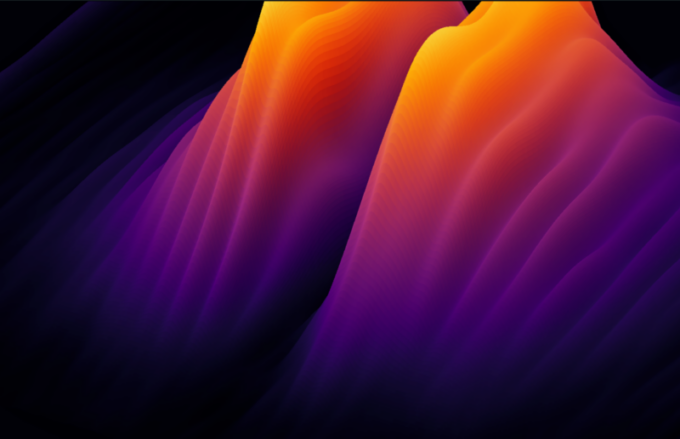Authors: Dimitrios Trypogeorgos, Antonio Gianfrate, Manuele Landini, Davide Nigro, Dario Gerace, Iacopo Carusotto, Fabrizio Riminucci, Kirk W. Baldwin, Loren N. Pfeiffer, Giovanni I. Martone, Milena De Giorgi, Dario Ballarini & Daniele Sanvitto
Journal: Nature 639, pages337–341 (2025); https://www.nature.com/articles/s41586-025-08616-9
Abstract: A supersolid is a counter-intuitive phase of matter in which its constituent particles are arranged into a crystalline structure, yet they are free to flow without friction. This requires the particles to share a global macroscopic phase while being able to reduce their total energy by spontaneous, spatial self-organization. The existence of the supersolid phase of matter was speculated more than 50 years ago1,2,3,4. However, only recently has there been convincing experimental evidence, mainly using ultracold atomic Bose–Einstein condensates (BECs) coupled to electromagnetic fields. There, various guises of the supersolid were created using atoms coupled to high-finesse cavities5,6, with large magnetic dipole moments7,8,9,10,11,12,13, and spin–orbit-coupled, two-component systems showing stripe phases14,15,16. Here we provide experimental evidence of a new implementation of the supersolid phase in a driven-dissipative, non-equilibrium context based on exciton–polaritons condensed in a topologically non-trivial, bound state in the continuum (BiC) with exceptionally low losses, realized in a photonic-crystal waveguide. We measure the density modulation of the polaritonic state indicating the breaking of translational symmetry with a precision of several parts in a thousand. Direct access to the phase of the wavefunction allows us to also measure the local coherence of the supersolid. We demonstrate the potential of our synthetic photonic material to host phonon dynamics and a multimode excitation spectrum.

